“Quranic Stories” is a new and scientific analysis of the stories of the prophets. In Part Two, the author continues the path of prophethood to see how the sciences and knowledge of prophecy accumulated, how humans discovered fire and burying the dead, how they learned, at the hands of Noah, how to cross water barriers, at the hands of Shu’aib, how to fulfill the obligation of measuring and weighing, and at the hands of Joseph how to store the harvest of bounty seasons for days of famine. He continues the path of the messages to see how religious laws diversified and evolved from strict religious laws to strict religious laws, with a clear tendency toward facilitation and mitigation; and how rituals differed in form and devotion. Fasting, which began as abstaining from speech altogether, later became abstaining from food, drink, and contact with women, as well as avoiding obscene and vulgar language. Prayer, which began as supplication and remembrance, then took on a ritual form, including standing, sitting, bowing, and prostrating, requiring humility.
Quranic Stories A Contemporary Reading Part Two From Noah to Joseph
د.ا11.00
A contemporary analytical reading of the stories of the prophets from Noah to Joseph, linking the Qur’anic text to the historical and intellectual context.
Available on backorder
| Categories: | stories, Religions, Islamic Curricula |
|---|---|
| Tags: | Islam, Islamic Studies, Qur’an, thought |
| Author | |
|---|---|
| Year | |
| Publisher | Dar Al Saqi |
You may also like…
-
Sea Prayer
د.ا12.00Sea Prayer is a poignant and poetic reflection on the suffering of refugees, told as a letter from a Syrian father to his lost child.
-
Quranic Stories An Introduction to the Stories and the Story of Adam Part One
د.ا15.00The book addresses a contemporary reading of the Quranic stories through the story of Adam to understand the intellectual and religious structure of the Quranic text.
-
Tigers on the Tenth Day
د.ا5.00A collection of symbolic stories that addresses oppression and freedom through a sarcastic style and intense language.
-
Spring in Ashes
د.ا5.00In “Spring in Ashes,” Zakaria Tamer presents satirical short stories that reveal the contradictions of Arab reality and the cruelty of power.
Related products
-
rebellious spirits
د.ا3.05Gibran’s literary style was characterized by smooth words, simplicity of expression, the use of all linguistic formulas and styles, and the frequent use of metaphors and figures of speech. Perhaps the most important feature of Gibran’s literary works is creativity in the art of photography. We find many beautiful, imaginative artistic images full of deep meanings and expressions covering his literary works; because he was an artist and painter who initially depicted the idea and then created it. Gibran relied on two styles in his literary works: the first is characterized by strength and revolution against beliefs and customs and the call for freedom, and the second is characterized by the love of enjoying life and the call to follow inclinations
د.ا4.26 -
A conversation with an atheist friend
د.ا2.13Interview with my atheist friend A book written by the philosopher and doctor Mustafa Mahmoud, published in 1986, in which he responds to questions by atheists about the Islamic religion, and about material questions that the human mind may ask at some point
د.ا4.26 -
In love and life
د.ا2.13In Love and Life is a book by the Egyptian scientist Mustafa Mahmoud. The book is about relationships between men and women with a critical review of the nature of marital relationships and how to deal with love and hate.
د.ا4.26 -
Soul and body
د.ا2.13“True happiness is a deep state of tranquility in which there is less need to speak and no desire to gossip. It is a state of joyful inner vision, a sense of reconciliation with the soul, the world and God, a deep conviction of the justice inherent in all existence, and an acceptance of all sufferings in contentment and smiling.”
“Oh God, make my call with you alone, for you alone know, and do not oppress, and do not change words and judgments, and do not lose your love”
“Silence full of feeling has a stronger judgment than the rule of the wordد.ا4.26 -
The mystery of life
د.ا2.13The mystery of life… The more information is available about the progress of science and its tools, the more the human mind is puzzled by this miracle. About this mystery, Dr. (Mustafa Mahmoud) wrote this book, so he started with the form of life millions of years ago, which was free of weakness and aging and did not depend on mating and cross-fertilization. Then he moved on to the development of life after the forbidden tree and its journey with annihilation. The topics of the book also vary to include Darwin’s theory, Freud’s theories, the atomic bomb, the languages of animals and insects, and other mysteries of science and life that the author presents in a distinctive style and special content that carries a new view of the world around us.
د.ا4.26 -
A tear and a smile
د.ا4.12Gibran’s literary style was characterized by smooth words, simplicity of expression, the use of all linguistic formulas and styles, and the frequent use of metaphors and figures of speech. Perhaps the most important feature of Gibran’s literary works is creativity in the art of photography. We find many beautiful, imaginative artistic images full of deep meanings and expressions covering his literary works; because he was an artist and painter who initially depicted the idea and then created it. Gibran relied on two styles in his literary works: the first is characterized by strength and revolution against beliefs and customs and the call for freedom, and the second is characterized by the love of enjoying life and the call to follow inclinations
د.ا4.97 -
Being and nothingness
د.ا2.13The Book of Being and Nothingness is a book written by Dr. Mustafa Mahmoud in which he talks about that all causes belong to God. He owns it. He is the one who brings it, he is the one who drives it, and he is the one who harnesses it. He is the one who established the law of causation
Reasons do not harm themselves and do not benefit themselves. But it is in all cases a manifestation of His will that harms His ear and benefits His permission. And if he wishes, he will cause damage to it or without it. And if he wishes, he will stop it from doing as he stopped the fire from burning Abraham – peace be upon him
There is always wisdom behind prevention, giving, guidance, and delusion. God’s will and guidance are always based on decency and readiness in the servant. The slave has the initiatives, the clearance of intention and the orientation that nominates him for giving or deprivation. God’s giving is conditional. Also, deprivation is reasoned and not coercive, coercive and arbitrary.
د.ا4.26 -
Two years, eight months and twenty-eight nights
د.ا7.10A book that blends fiction and nonfiction to explore issues of religion, identity and human conflict
د.ا8.52
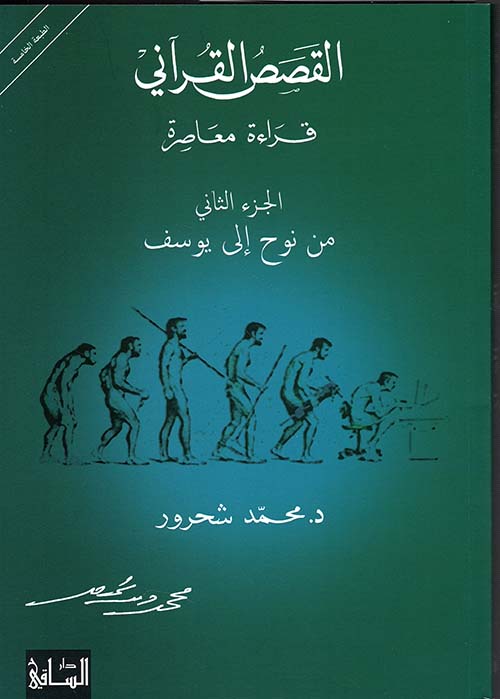
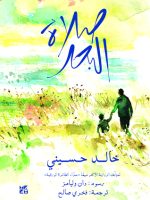
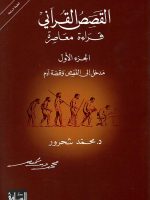

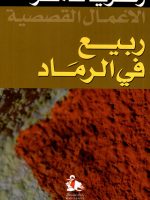
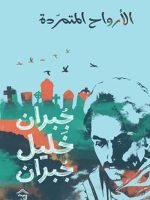
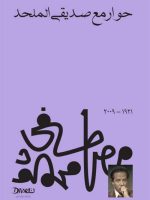
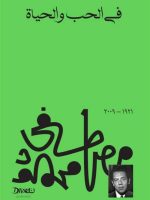
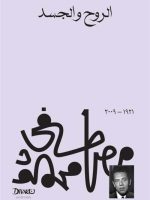
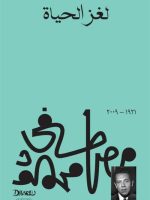

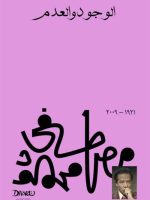
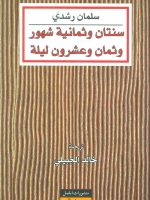
Be the first to review “Quranic Stories A Contemporary Reading Part Two From Noah to Joseph”